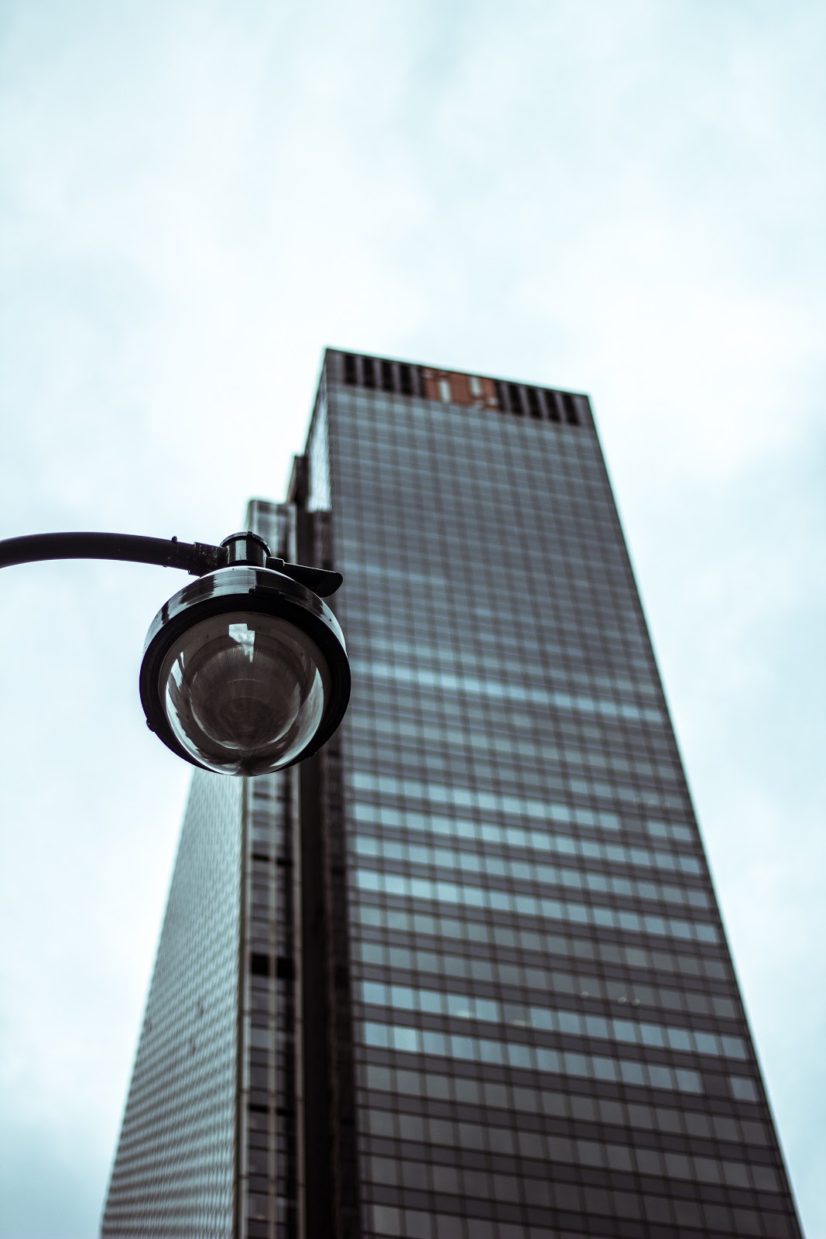Any surveillance camera is a good camera, right? Well, not exactly. If you’re not using the correct equipment or the right techniques, your business will be lagging in the security department. Surveillance for the commercial environment comes with security risks that are unique to the industry and the facility itself. Here are some tips to help you design and install a business surveillance systems to keep your business safe from crime, theft and unwanted intruders.
Type of Camera
The type of surveillance camera you choose is the most strategic component of your security system, since it will combat any unauthorized intrusion or theft. Your surveillance footage is only as good as the cameras you use, which is why you need to make sure you’re using the right type of camera. Here are some tips to remember when choosing your surveillance equipment:
- Always use night vision cameras for outdoor surveillance. These are best when used for parking lots, loading docks and alleyways, as well as all entrances and exits.
- Opt for a smart security system that allows for remote viewing and control. This will result in quicker response times and also help law enforcement when necessary in the event of an emergency.
- Ensure that surveillance cameras have a wide view to cover more footage.
- Install pan-tilt-zoom (PTZ) cameras for high-traffic areas. Because they’re so versatile in movement, they’re ideal for monitoring suspicious activity, zooming in on transactions or overseeing safety.
- Thermal cameras offer excellent visual range for images we can’t even see. They utilize the heat signature of objects and can detect movement in situations where a traditional camera can’t, such as darker areas or camouflaged conditions.
Camera Placement
Now that you’ve chosen the cameras that will best suit the needs of your business, it’s time to think about camera placement. In order to get the most from your surveillance cameras, they should be installed in areas that cover the most amount of footage with little overlap. You can avoid areas of dead space, like walls or corners, since you won’t be capturing any activity there.
Make sure that you know precisely which spots you need to cover, and where you’ll need cameras that can zoom for high-quality detail, especially around areas of money exchange and password credential entry. It’s also important to match the features of each camera with its intended environment. For example, a camera that’s used outdoors without sufficient weather shielding will suffer in the elements, a camera that’s used for exterior entrances and exits should have night vision, etc.
Legal Considerations
Before you decide where to place cameras, research the laws governing surveillance in your state. Of course, there are certain areas that should never have cameras — such as restrooms or changing rooms — but most surveillance rules vary by state. They can include restrictions on location of surveillance cameras, and how and where you need to post signage indicating to the public that they are being filmed. It’s also best to post signage if you have cameras that point to or include footage of a neighboring business or residence. Lastly, if a crime or emergency were to occur, law enforcement could subpoena footage of a crime captured on camera, so make sure to check the laws of your state for filming surveillance.
Business surveillance systems are imperative as a measure of physical security for your company. Designing a strategic and reliable surveillance system requires a bit of planning, but the benefits of knowing that your employees, your facility and your data are safe are worth it. If you’re ready to upgrade your surveillance system, that’s where we come in. At Taylored, we’ll work with you to design and implement a system that’s tailored to the need of your business. Contact us today to get started!

